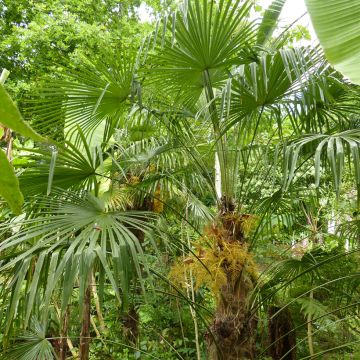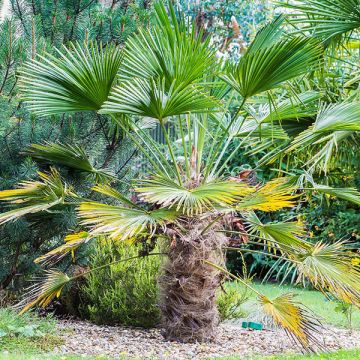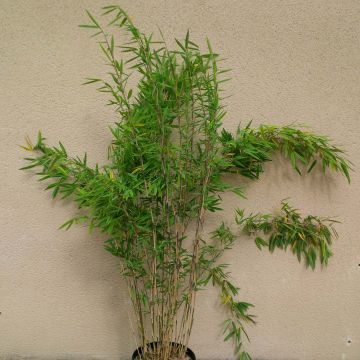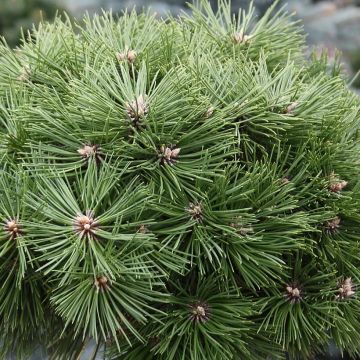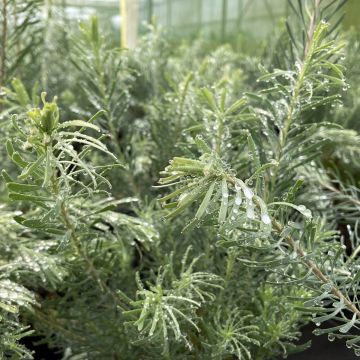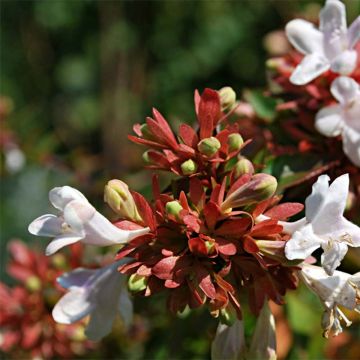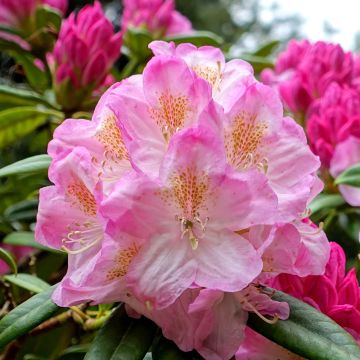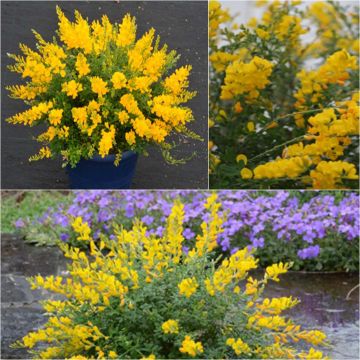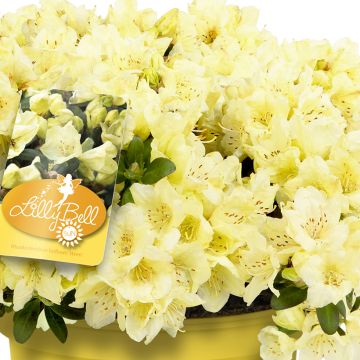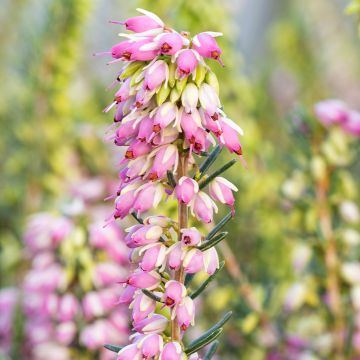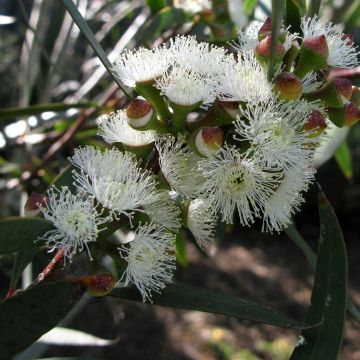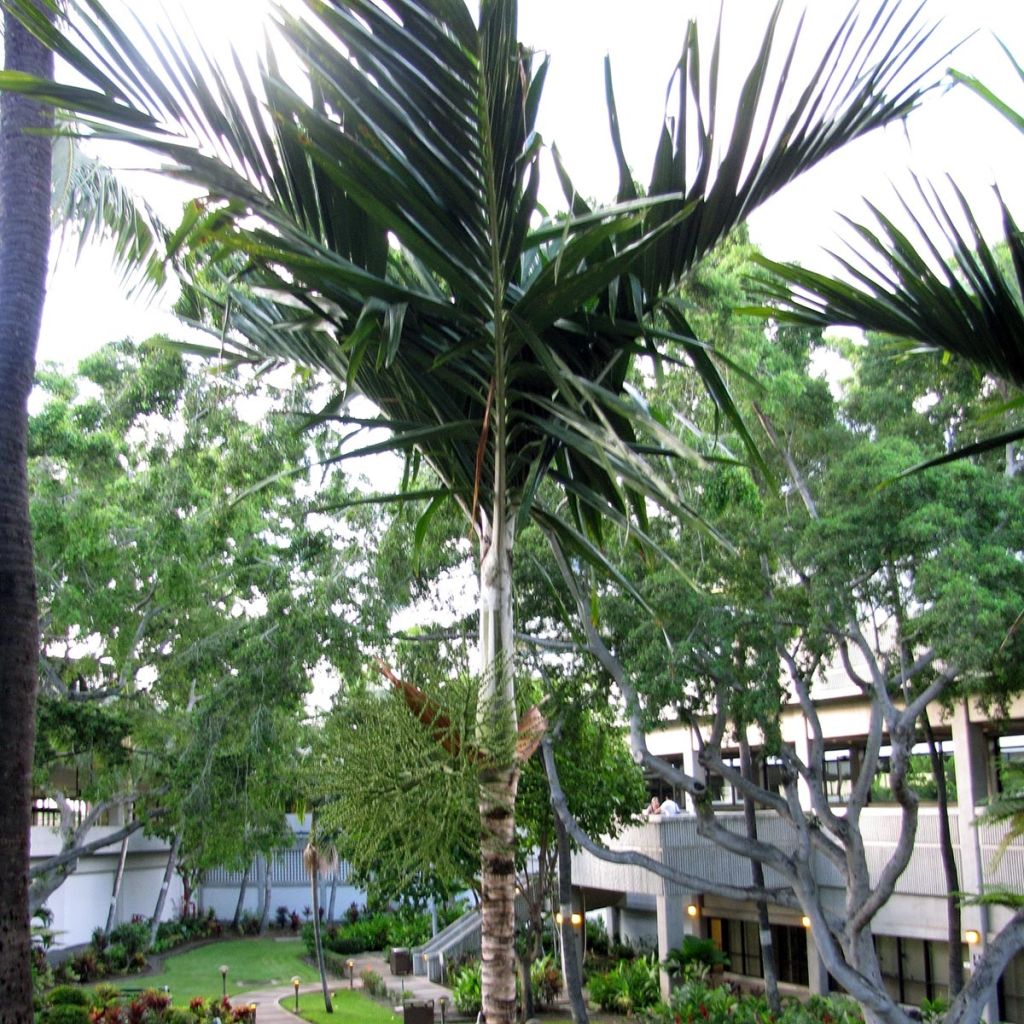

Veitchia joannis - Palmier des îles Fidji
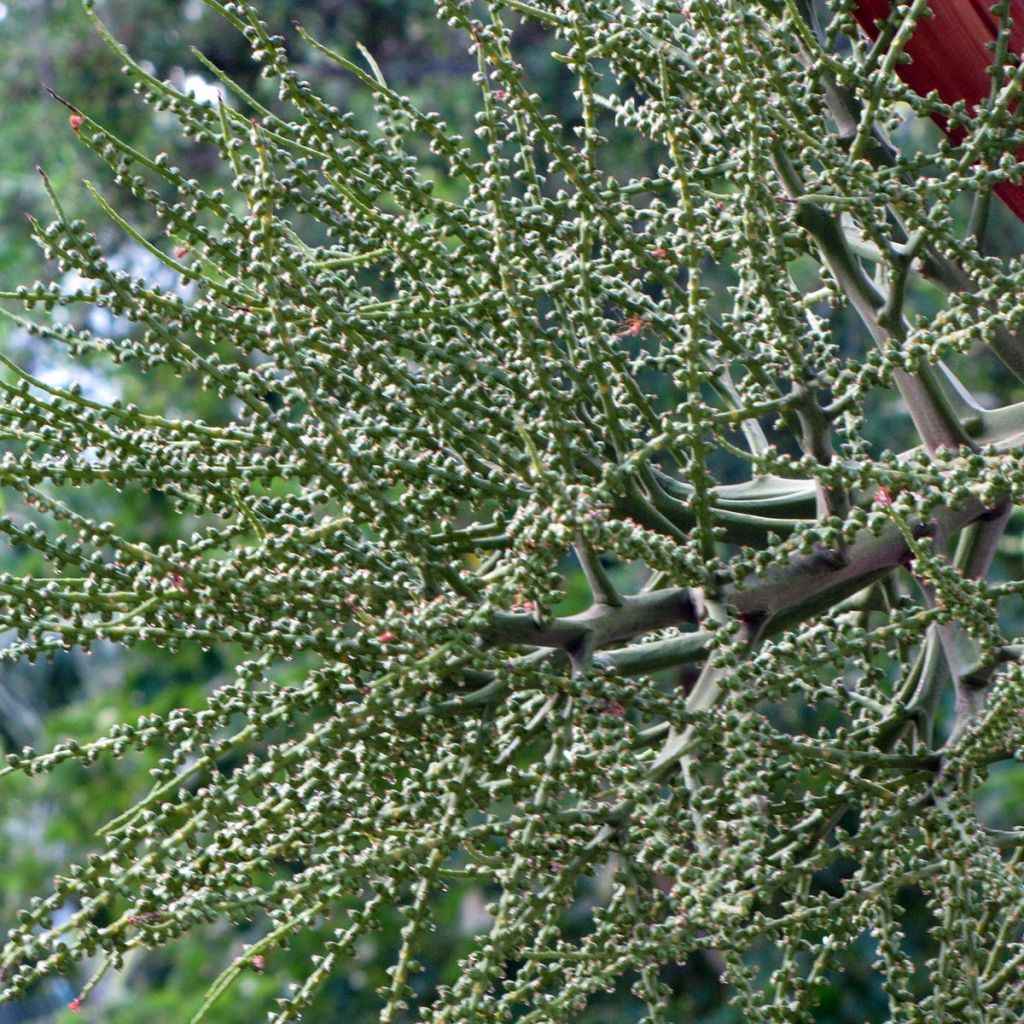

Veitchia joannis - Palmier des îles Fidji
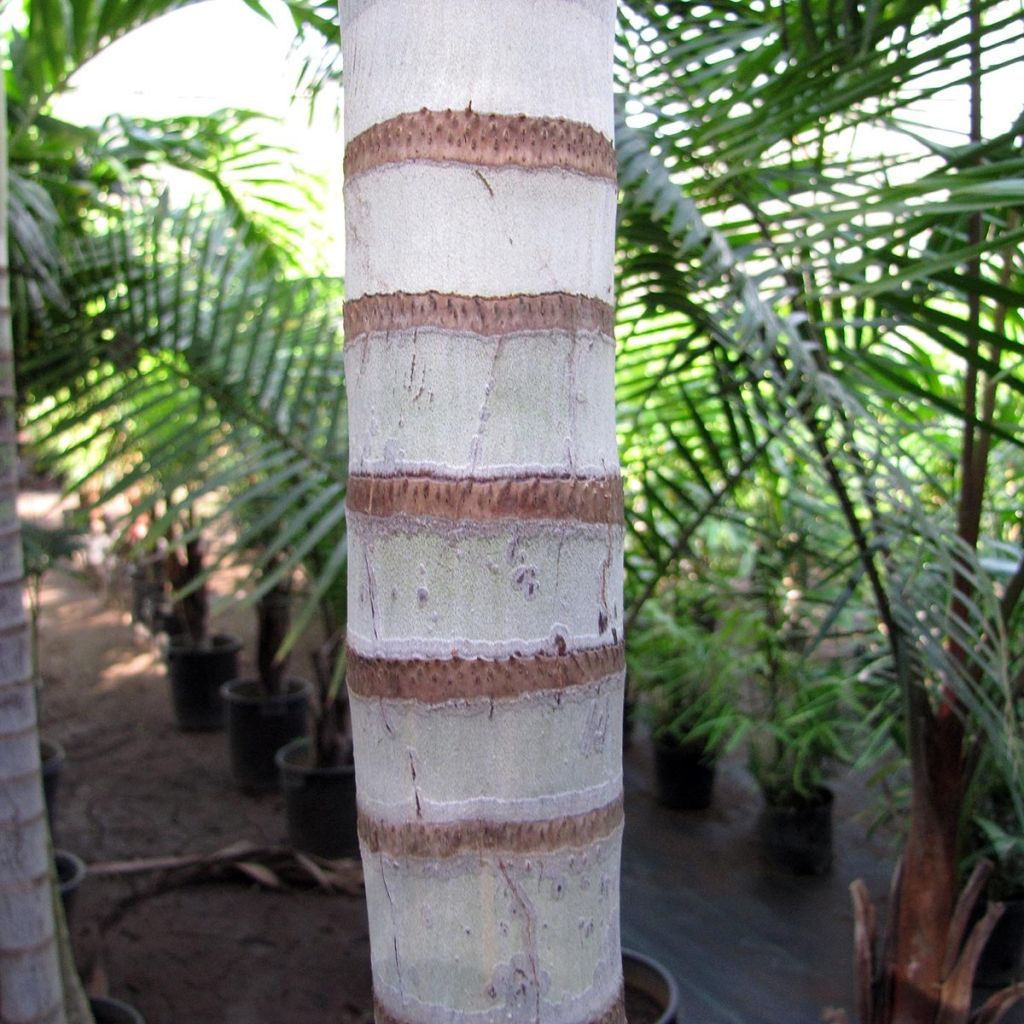

Veitchia joannis - Palmier des îles Fidji
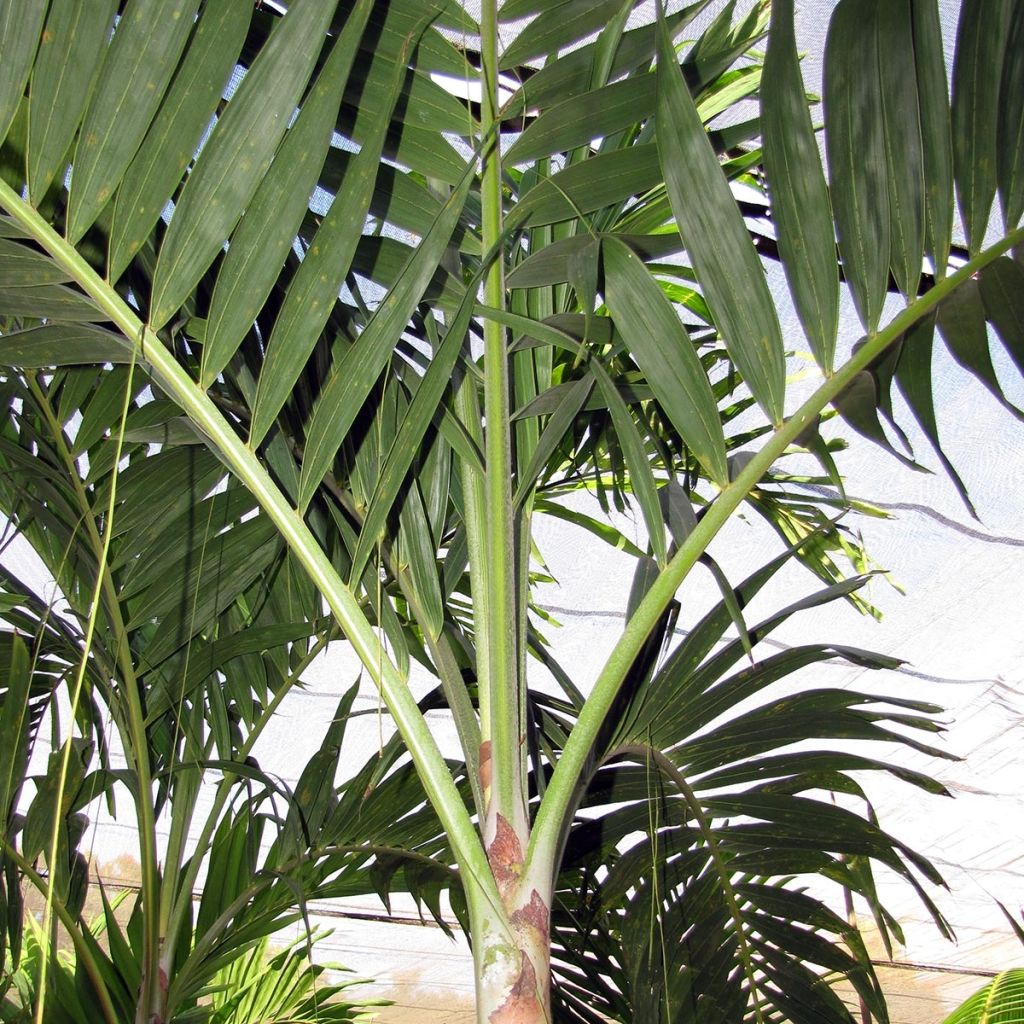

Veitchia joannis - Palmier des îles Fidji
Veitchia joannis
Veitchia joannis
This plant carries a 24 months recovery warranty
More information
We guarantee the quality of our plants for a full growing cycle, and will replace at our expense any plant that fails to recover under normal climatic and planting conditions.
From €5.90 for pickup delivery and €6.90 for home delivery
Express home delivery from €8.90.
Does this plant fit my garden?
Set up your Plantfit profile →
Description
Veitchia joannis is a large and magnificent palm tree native to the Pacific Islands. It is still not widely available on the market. This species is characterised by a smooth and beautifully ringed trunk, and splendid foliage composed of large gracefully drooping arched leaves, resembling fern fronds. Not hardy, it must be grown in containers or large pots, which allows it to be protected from cold temperatures in winter. If provided with warmth and abundant water, this palm tree will be a great choice for decorating a tropical greenhouse, or a large, bright, and slightly heated room in winter.
Veitchia joannis belongs to the Arecaceae family. It is native to the Fiji Islands in the southwest Pacific Ocean, from where it has been introduced to Tonga and Samoa. This species perishes below -2 or -3°C (28.4 or 26.6°F), but adapts well to indoor cultivation as long as winter temperatures oscillate between 10 and 15°C (50 and 59°F) and the atmosphere remains humid. Young plants take some time to establish, and then growth accelerates. In the ground, Veitchia joannis can reach over 30m (98ft) in height, but it will hardly produce a trunk and will not exceed 3m (10ft) in all directions if grown in a container indoors or in a greenhouse.
This Pacific Palm develops a single trunk, called a stipe. This stipe is quite thick (25 to 40cm (10 to 16in) in diameter), swollen at the base, and grey in colour. It is strongly ringed with prominent leaf scars. At the top of this stipe, a beautiful drooping leaf crown develops. It is composed of 8 to 10 large doubly pinnate leaves, reaching 3m (10ft) in length. The leaf is divided into 70 to 80 pairs of slightly pendulous lanceolate pinnae with a toothed tip, regularly arranged in a single plane. Their colour is dark green on both sides. The petiole that carries each leaf measures 60cm (24in) to 1.2m (4ft) in length. It is pale green with small brown scales. Flowering occurs in summer on mature plants aged 10 to 15 years, under favourable cultivation conditions. It takes the form of arched and branched inflorescences, reaching 80cm (32in) in length. Each inflorescence contains both male and female flowers, which are whitish-green in colour. The bright red fruit is ovoid with a beak, and measures 4 to 6cm (2in) in length.
Veitchia joannis is an architectural plant that will make a statement in a tropical greenhouse, or in a very bright and slightly heated room. It tolerates container cultivation well and can be taken out on a patio from May to September, after an acclimatisation period. Like all palm trees, it is difficult to plant with others due to its strong personality. Provide it with a good spot on a patio, initially exposing it to shade so that it gradually adapts to the sun. Surround it with sculptural and colourful Phormium, precise and geometric agaves, or Cordyline, for example.
Report an error about the product description
Veitchia joannis in pictures
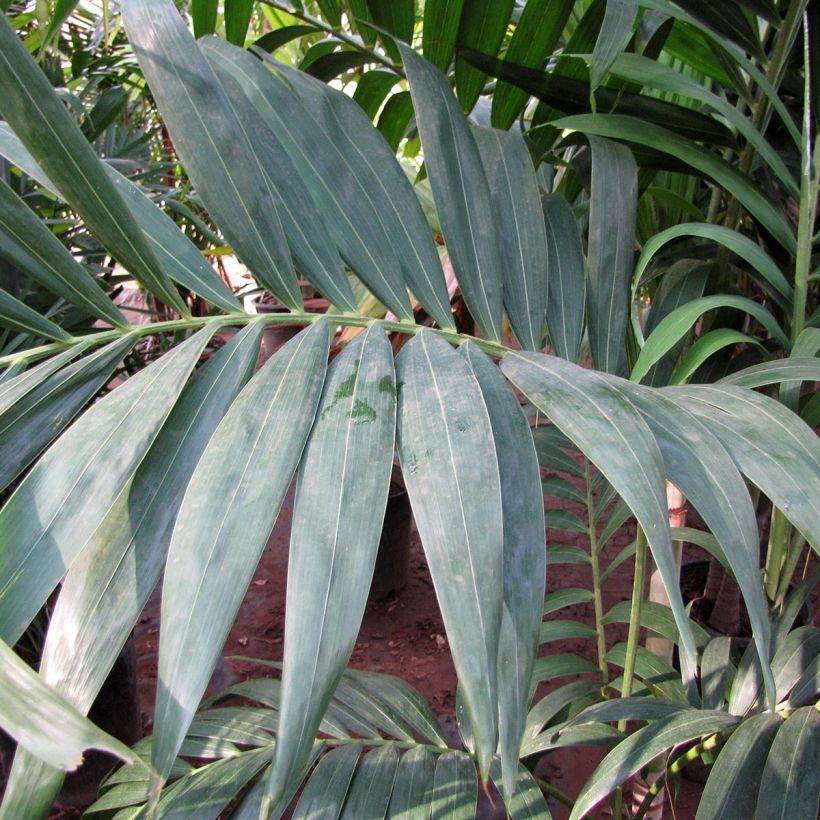

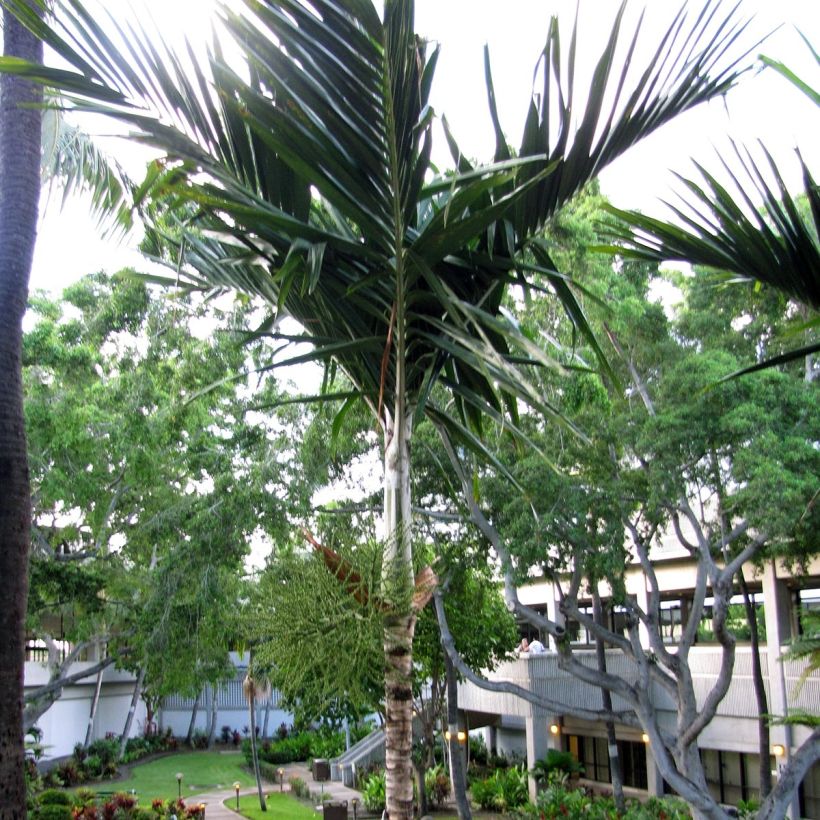

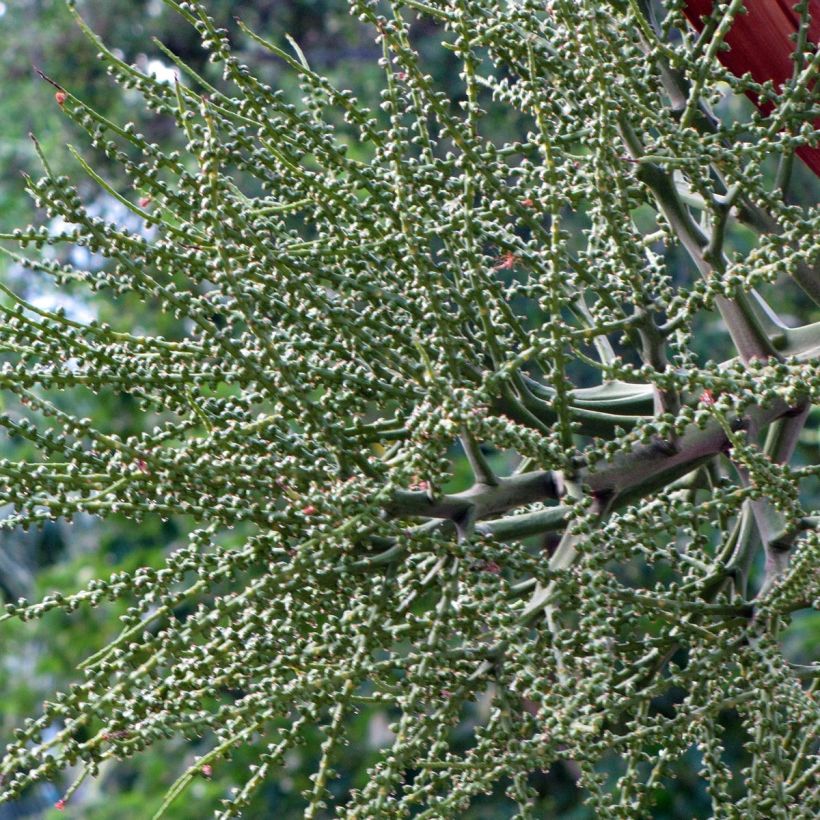

Plant habit
Flowering
Foliage
Botanical data
Veitchia
joannis
Arecaceae (Palmae)
Other Sabal
Planting and care
Veitchia joannis shows fairly rapid growth, especially if it receives the right amount of heat, water, and food. It is a tender tropical plant that thrives in warm and humid environments and perishes below -2.5°C (27.5°F). It adapts quite well to cultivation in a pot or large container. Young plants are sensitive to direct sunlight, while adult specimens tolerate it a little better. It prefers humus-rich, light, fertile, non-limestone soils (neutral to acidic). It must be kept moist to waterlogged throughout the growing season, from spring to autumn. In winter, water inputs should be slightly reduced, but the growing substrate should never dry out. It requires little maintenance except for pruning the oldest fronds close to the stem.
Pot cultivation:
Choose a large pot or container with drainage holes, with a capacity of 40 litres. Prepare a mixture composed of 25% ericaceous soil, 50% compost or humus, and 25% sand. Add some crushed horn. Mix everything well. Partially fill your container, after placing a drainage layer at the bottom (clay balls, gravel, broken terracotta pots). Place your palm tree on the mixture, so that the neck (the area where the roots originate) does not exceed the pot but is not buried too deeply under the substrate either. Add the rest of the mixture around the root ball, firmly compacting it. Water in several stages to thoroughly saturate the substrate and remove any air pockets.
Place your palm tree in a very bright location, avoiding direct harsh sunlight (not behind a window or glass door). In winter, the optimal temperature in the greenhouse or conservatory should be between 10 and 15°C (50 and 59°F). Mist the foliage regularly to counteract dryness in the air. Clean the leaves with a sponge to remove dust. When outdoors, initially place it in full shade, then in partial shade to protect its foliage. After two weeks in partial shade, you can gradually expose it to the sun. Apply a complete liquid fertiliser for green plants once a month from March to August.
Planting period
Intended location
Care
This item has not been reviewed yet - be the first to leave a review about it.
Evergreen shrubs
Haven't found what you were looking for?
Hardiness is the lowest winter temperature a plant can endure without suffering serious damage or even dying. However, hardiness is affected by location (a sheltered area, such as a patio), protection (winter cover) and soil type (hardiness is improved by well-drained soil).

Photo Sharing Terms & Conditions
In order to encourage gardeners to interact and share their experiences, Promesse de fleurs offers various media enabling content to be uploaded onto its Site - in particular via the ‘Photo sharing’ module.
The User agrees to refrain from:
- Posting any content that is illegal, prejudicial, insulting, racist, inciteful to hatred, revisionist, contrary to public decency, that infringes on privacy or on the privacy rights of third parties, in particular the publicity rights of persons and goods, intellectual property rights, or the right to privacy.
- Submitting content on behalf of a third party;
- Impersonate the identity of a third party and/or publish any personal information about a third party;
In general, the User undertakes to refrain from any unethical behaviour.
All Content (in particular text, comments, files, images, photos, videos, creative works, etc.), which may be subject to property or intellectual property rights, image or other private rights, shall remain the property of the User, subject to the limited rights granted by the terms of the licence granted by Promesse de fleurs as stated below. Users are at liberty to publish or not to publish such Content on the Site, notably via the ‘Photo Sharing’ facility, and accept that this Content shall be made public and freely accessible, notably on the Internet.
Users further acknowledge, undertake to have ,and guarantee that they hold all necessary rights and permissions to publish such material on the Site, in particular with regard to the legislation in force pertaining to any privacy, property, intellectual property, image, or contractual rights, or rights of any other nature. By publishing such Content on the Site, Users acknowledge accepting full liability as publishers of the Content within the meaning of the law, and grant Promesse de fleurs, free of charge, an inclusive, worldwide licence for the said Content for the entire duration of its publication, including all reproduction, representation, up/downloading, displaying, performing, transmission, and storage rights.
Users also grant permission for their name to be linked to the Content and accept that this link may not always be made available.
By engaging in posting material, Users consent to their Content becoming automatically accessible on the Internet, in particular on other sites and/or blogs and/or web pages of the Promesse de fleurs site, including in particular social pages and the Promesse de fleurs catalogue.
Users may secure the removal of entrusted content free of charge by issuing a simple request via our contact form.
The flowering period indicated on our website applies to countries and regions located in USDA zone 8 (France, the United Kingdom, Ireland, the Netherlands, etc.)
It will vary according to where you live:
- In zones 9 to 10 (Italy, Spain, Greece, etc.), flowering will occur about 2 to 4 weeks earlier.
- In zones 6 to 7 (Germany, Poland, Slovenia, and lower mountainous regions), flowering will be delayed by 2 to 3 weeks.
- In zone 5 (Central Europe, Scandinavia), blooming will be delayed by 3 to 5 weeks.
In temperate climates, pruning of spring-flowering shrubs (forsythia, spireas, etc.) should be done just after flowering.
Pruning of summer-flowering shrubs (Indian Lilac, Perovskia, etc.) can be done in winter or spring.
In cold regions as well as with frost-sensitive plants, avoid pruning too early when severe frosts may still occur.
The planting period indicated on our website applies to countries and regions located in USDA zone 8 (France, United Kingdom, Ireland, Netherlands).
It will vary according to where you live:
- In Mediterranean zones (Marseille, Madrid, Milan, etc.), autumn and winter are the best planting periods.
- In continental zones (Strasbourg, Munich, Vienna, etc.), delay planting by 2 to 3 weeks in spring and bring it forward by 2 to 4 weeks in autumn.
- In mountainous regions (the Alps, Pyrenees, Carpathians, etc.), it is best to plant in late spring (May-June) or late summer (August-September).
The harvesting period indicated on our website applies to countries and regions in USDA zone 8 (France, England, Ireland, the Netherlands).
In colder areas (Scandinavia, Poland, Austria...) fruit and vegetable harvests are likely to be delayed by 3-4 weeks.
In warmer areas (Italy, Spain, Greece, etc.), harvesting will probably take place earlier, depending on weather conditions.
The sowing periods indicated on our website apply to countries and regions within USDA Zone 8 (France, UK, Ireland, Netherlands).
In colder areas (Scandinavia, Poland, Austria...), delay any outdoor sowing by 3-4 weeks, or sow under glass.
In warmer climes (Italy, Spain, Greece, etc.), bring outdoor sowing forward by a few weeks.

































